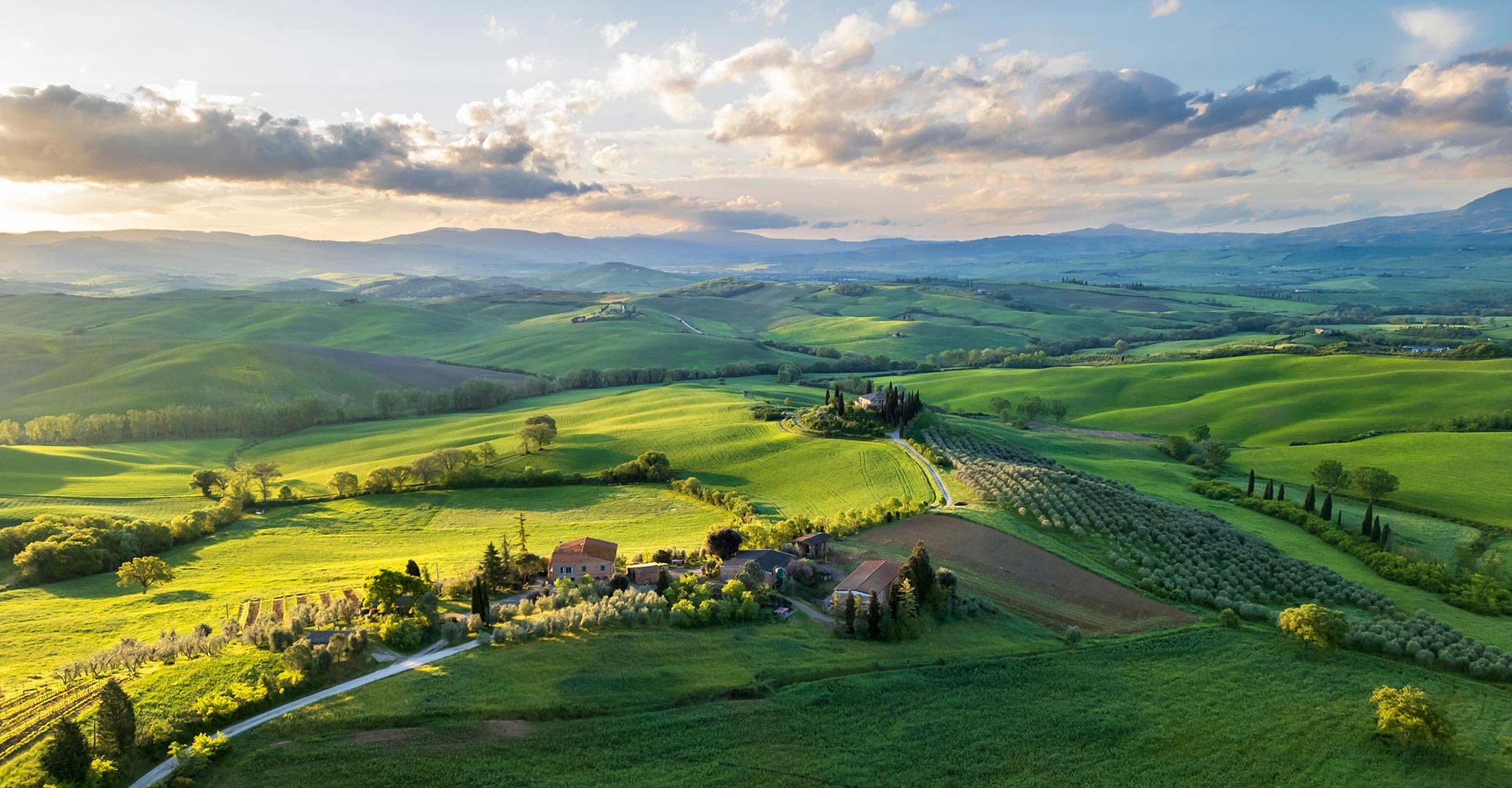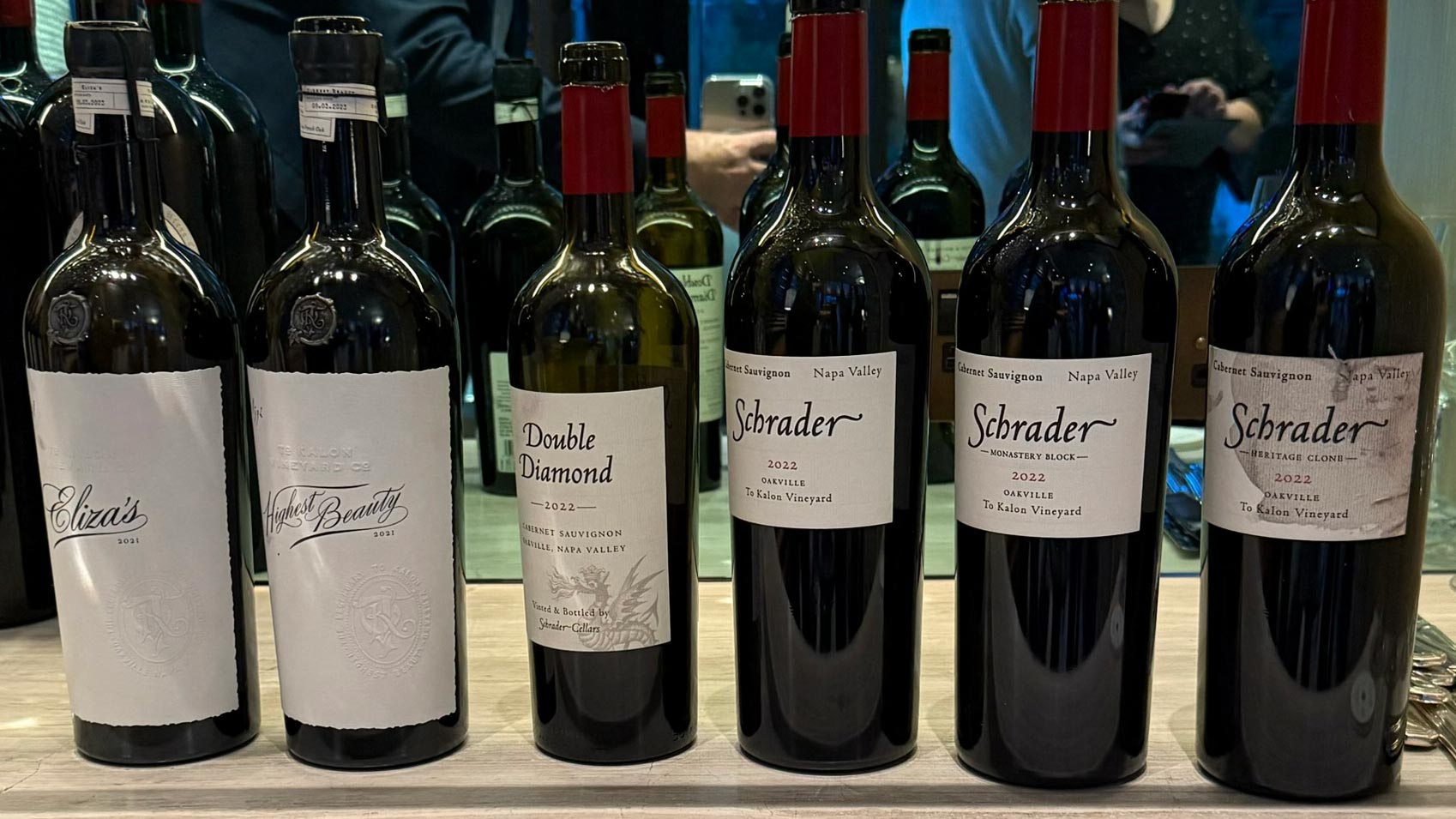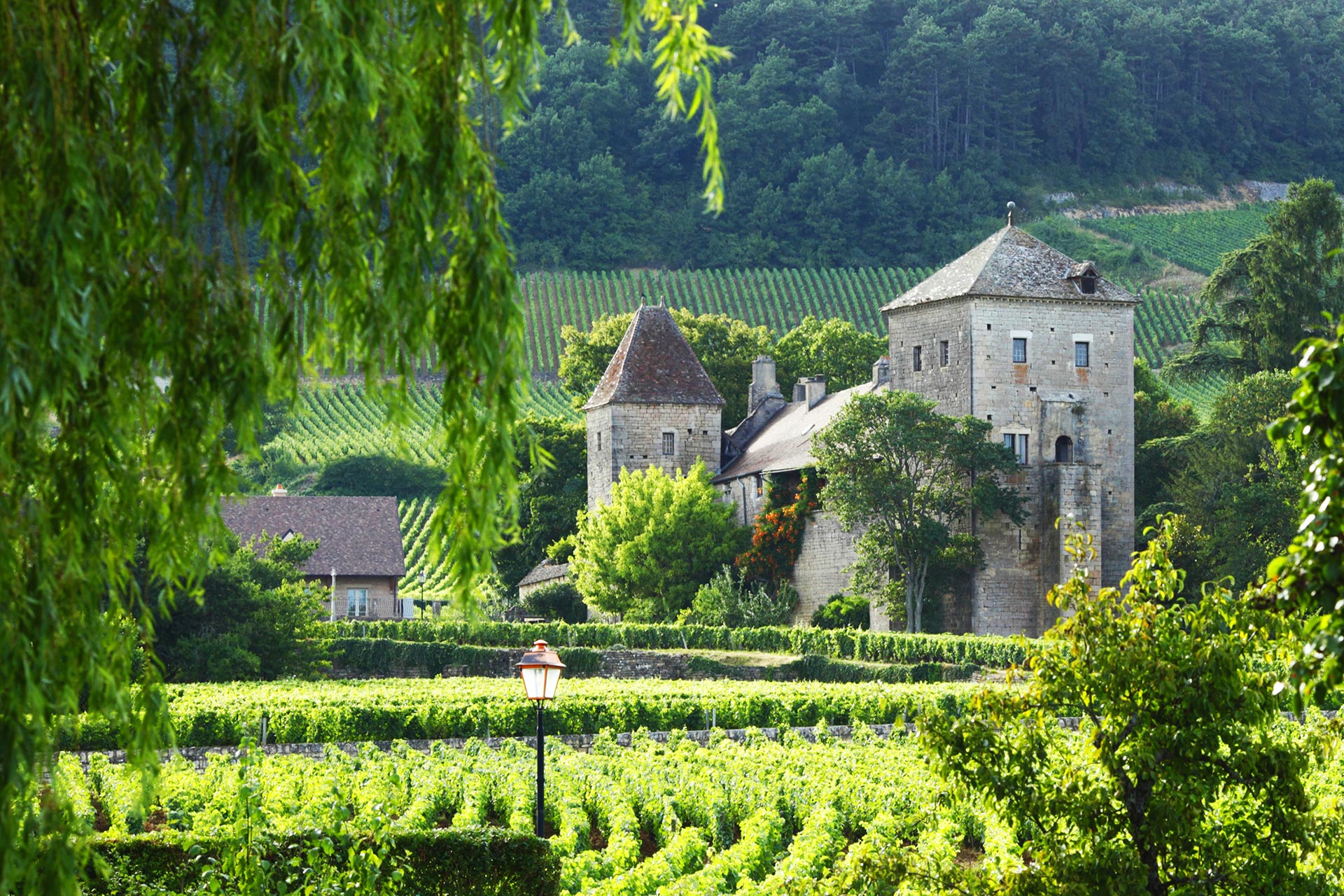Step aside, Chianti-in-a-basket and touristy vineyard tours. We’re taking a corkscrew to the roots of Tuscany’s mighty vine to uncork over 2,500 years of wine history—and it’s one for the ages. This journey isn’t just a jaunt through scenic vineyards, but a deep dive into the cultural DNA of a region that has shaped, and been shaped by, the noble art of winemaking.
Tuscany isn’t just a postcard-perfect region of rolling hills and terracotta rooftops—it’s the heart and soul of Italy’s wine story. From ancient Etruscan amphorae to Super Tuscans so bold they made Italian wine laws blush, this is a region that’s always known how to turn grapes into glory. It’s a landscape soaked in legacy, where every bottle has a backstory and every sip is a salute to centuries of experimentation and evolution.
Etruscans: Tuscany’s Original Wine Influencers
Long before hashtags, the Etruscans were exporting wine across the Med in sealed amphorae. Their secret? Letting women drink at the party—clearly ahead of their time. They took their wine as seriously as their art and architecture and weren’t shy about showing it off.
Their ancient vines, some of which may have seeded the mighty Sangiovese, helped coin the term Enotria—the land of wine. They were essentially the first to say, “Let’s bottle this vibe.” Their amphorae have been unearthed from Marseille to Carthage, showing just how much the ancient world appreciated a good Tuscan tipple. Etruscan wine wasn’t just a product; it was an experience exported across civilisations.
Monks, Merchants, and Mezzadria
In the Middle Ages, monks became the unexpected rockstars of wine. Between prayers, they perfected viticulture and helped Florence become a wine trading mecca. By the 14th century, the average Florentine was drinking over 300 litres of wine a year. Hydration? Optional. Clean water was a rarity, but fine wine? Practically a public service.
It wasn’t just the clergy keeping the vines alive. The rise of the merchant class meant wine started flowing into the hands—and ledgers—of traders and guilds. The Arte dei Vinattieri, Florence’s wine merchants’ guild, was laying down regulations before most of Europe could even agree on a proper breakfast.
Ruling Families and Renaissance Wine
Enter the Medici. Cosimo III wasn’t just painting ceilings—he also drew up the world’s first wine zones in 1716. Wine regulation? Done. Quality protection? Tick. Global oenological street cred? Secured. The Renaissance wasn’t just about sculpture and sonnets—it was also a golden age of grapes.
Meanwhile, noble families like the Ricasoli were busy turning Sangiovese into a household name. Bettino Ricasoli’s Chianti blend? A wine recipe with more staying power than most political manifestos. These families weren’t just sipping and selling; they were codifying the future of Italian wine.
Brunello, Nobile, and Other Regal Reds
The Biondi-Santi family in Montalcino thought, “Why not age this Sangiovese for a couple of decades and make history?” Thus, Brunello di Montalcino was born. It didn’t just age—it evolved, becoming one of Italy’s most prestigious and age-worthy wines.
Then there’s Vino Nobile di Montepulciano, declared the “King of all wines” before your great-great-grandfather was even fermenting homebrew in his shed. With regal roots and noble ambition, it cemented its place among the greats with structure, finesse, and a touch of historical swagger.
Super Tuscans: Wine Goes Rogue
By the 1970s, Tuscany’s winemakers said “enough with the rules” and dropped white grapes from Chianti blends like bad habits. Wines like Tignanello, Sassicaia, and Solaia broke free from DOC shackles and gave birth to the rock ‘n’ roll category known as Super Tuscans. These mavericks didn’t follow tradition—they toasted to breaking it.
They aged in French oak, brought in Cabernet Sauvignon and Merlot, and gave Bordeaux a serious run for its money. Naturally, Italy responded by inventing a whole new classification (IGT) just to keep up. Suddenly, Tuscan wine wasn’t just traditional—it was trailblazing.
Tuscany Today: Still Crushing It
- Tuscany boasts 60k hectares of vines (that’s a lot of sunset-drenched vineyard walks)
- Sangiovese is king (reigning over 60 percent of the land with no signs of abdication)
- 87–90 percent of the region’s wine is red, with elegance and depth that rivals anywhere on earth
- It exports over 1.2 billion euros in wine annually—proof that the world keeps raising a glass to Tuscan greatness
The region continues to be a blend of old-world charm and modern prowess. Whether it’s a humble table wine or a cellar-worthy Brunello, Tuscany delivers with consistency, character, and that unmistakable sense of place.
Tomorrow’s Wine: Sustainable and Smart
From Gorgona’s prison vineyard project to organic dynamos like Avignonesi, Tuscany’s wine producers are proving that great wine can also do good. Biodynamics, AI in vineyards, and climate resilience are the new battlegrounds of excellence. Sustainability is no longer a buzzword—it’s a badge of honour.
New generations of winemakers are embracing tradition while rewriting the rules. Whether it’s experimenting with lesser-known indigenous grapes or embracing high-tech tools to combat climate change, Tuscany is once again setting trends. The commitment to organic farming, carbon-neutral production, and soil health is turning heads in both wine bars and boardrooms.



